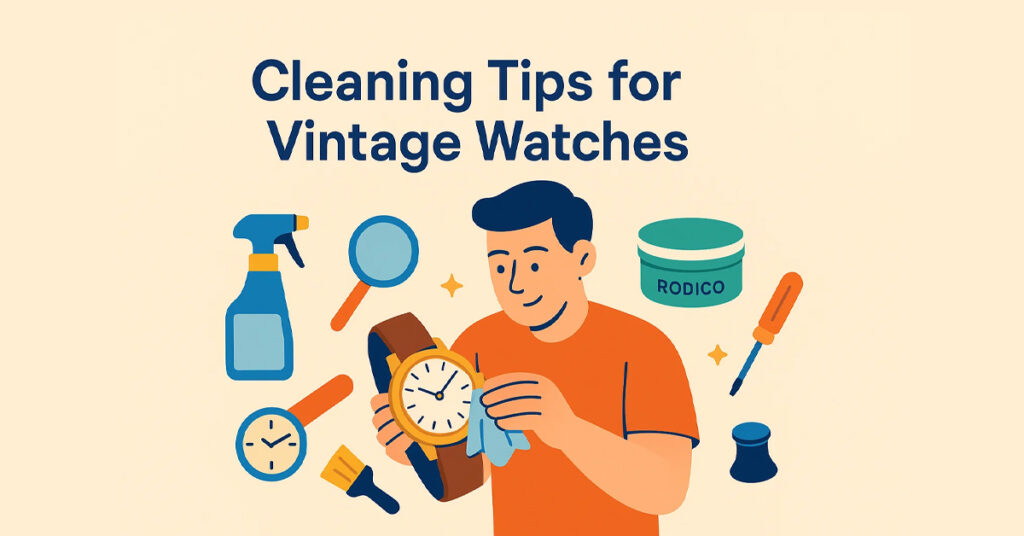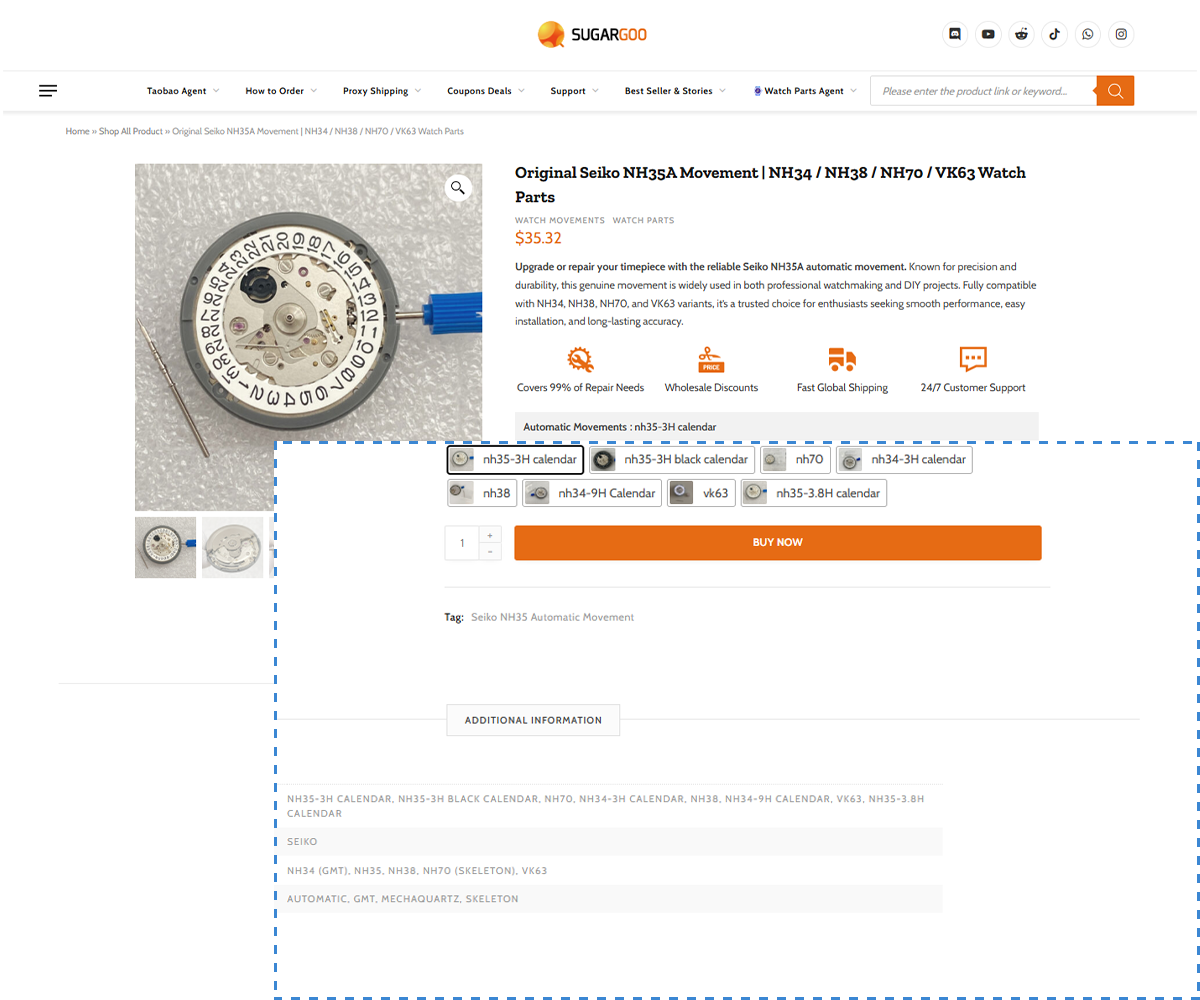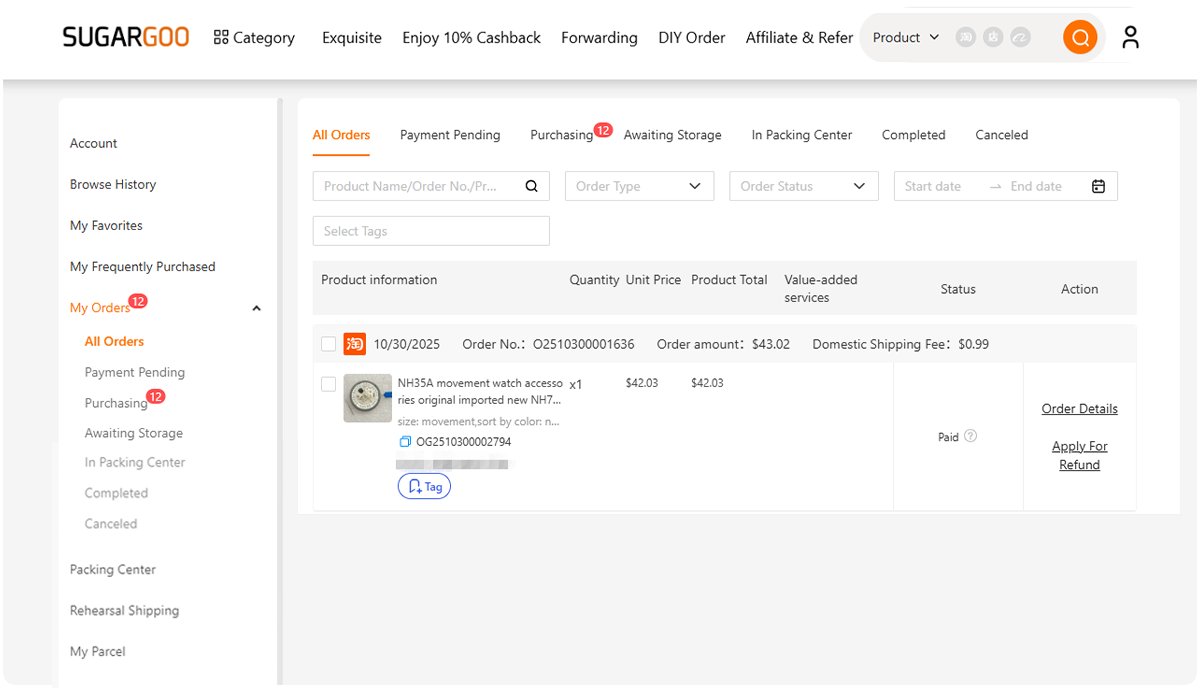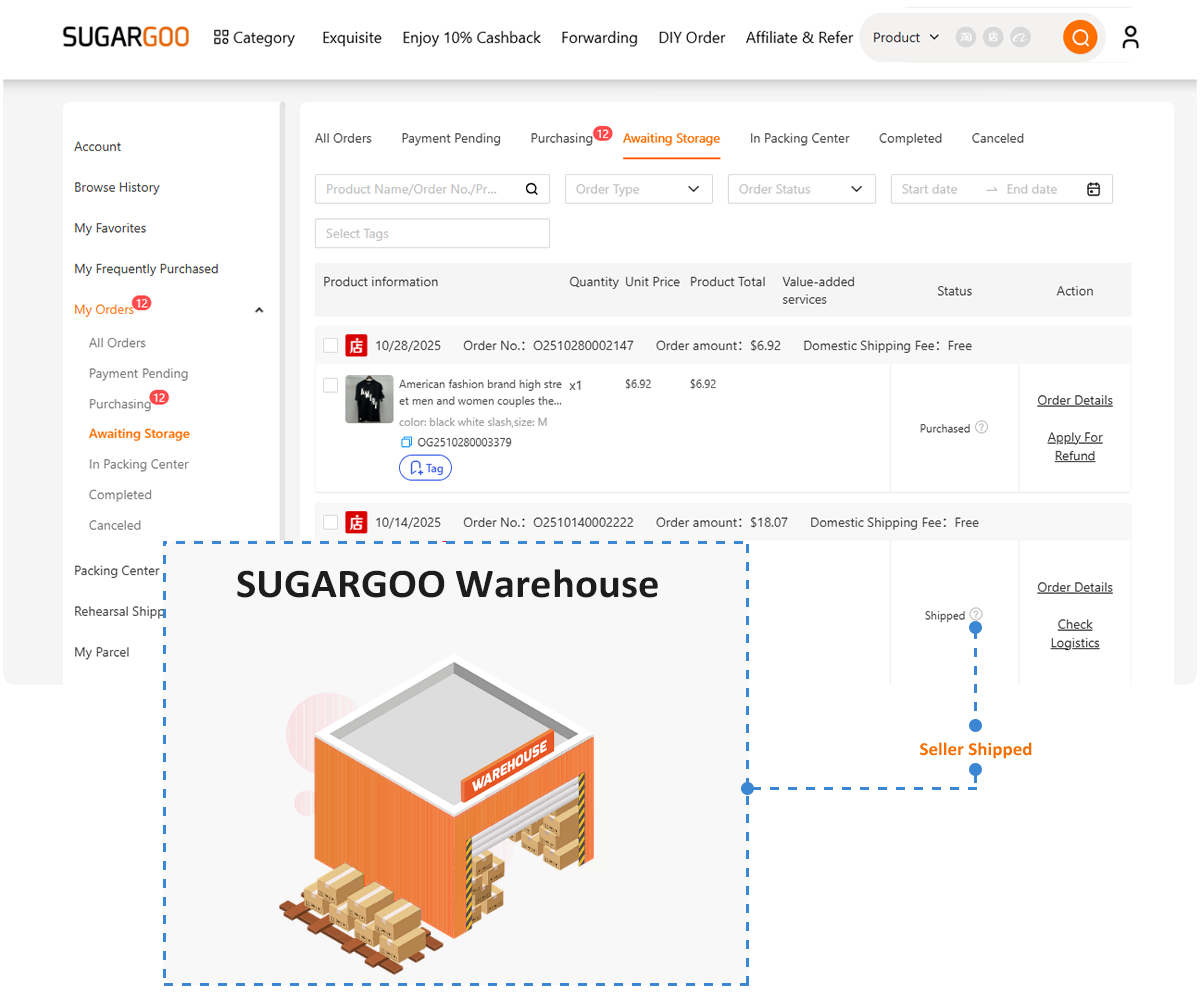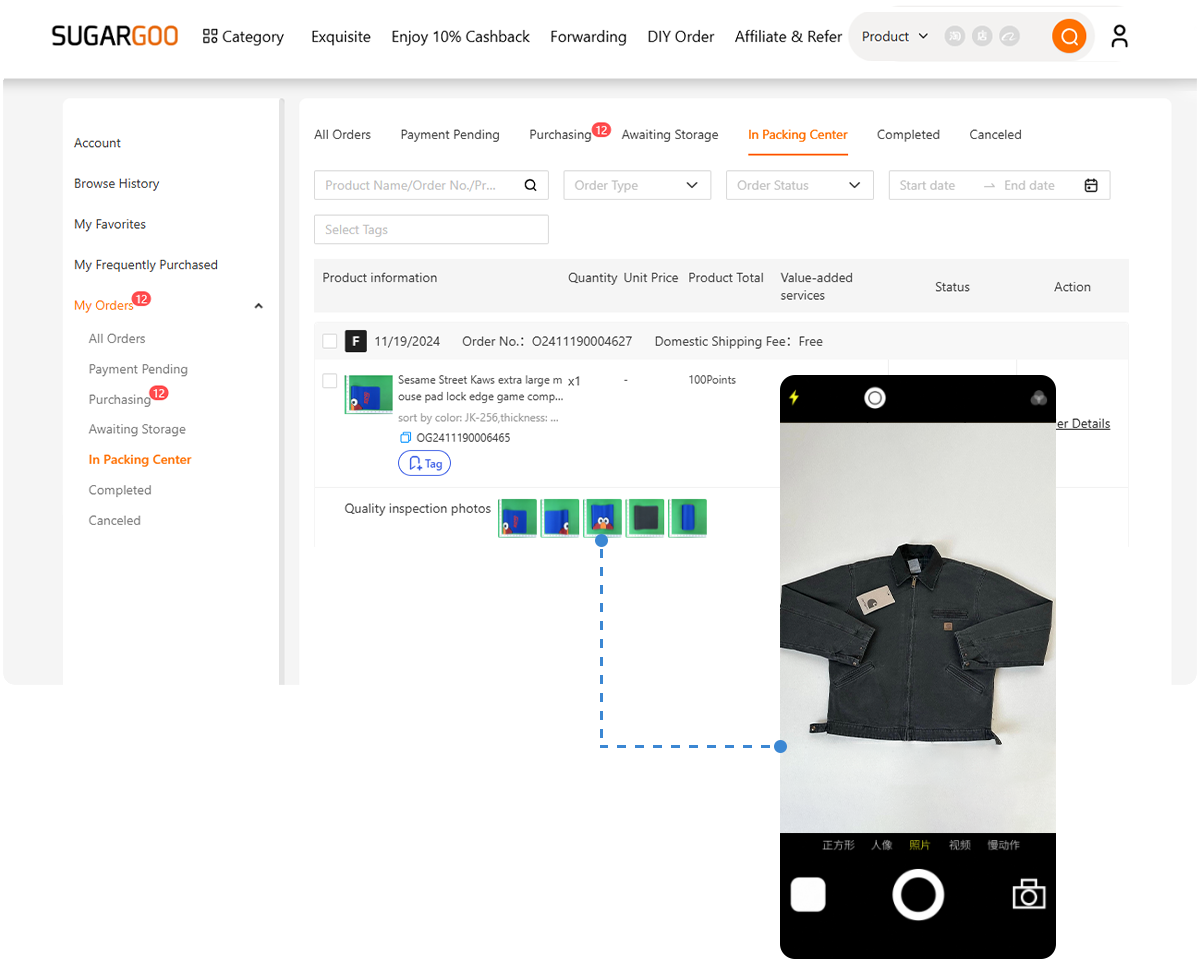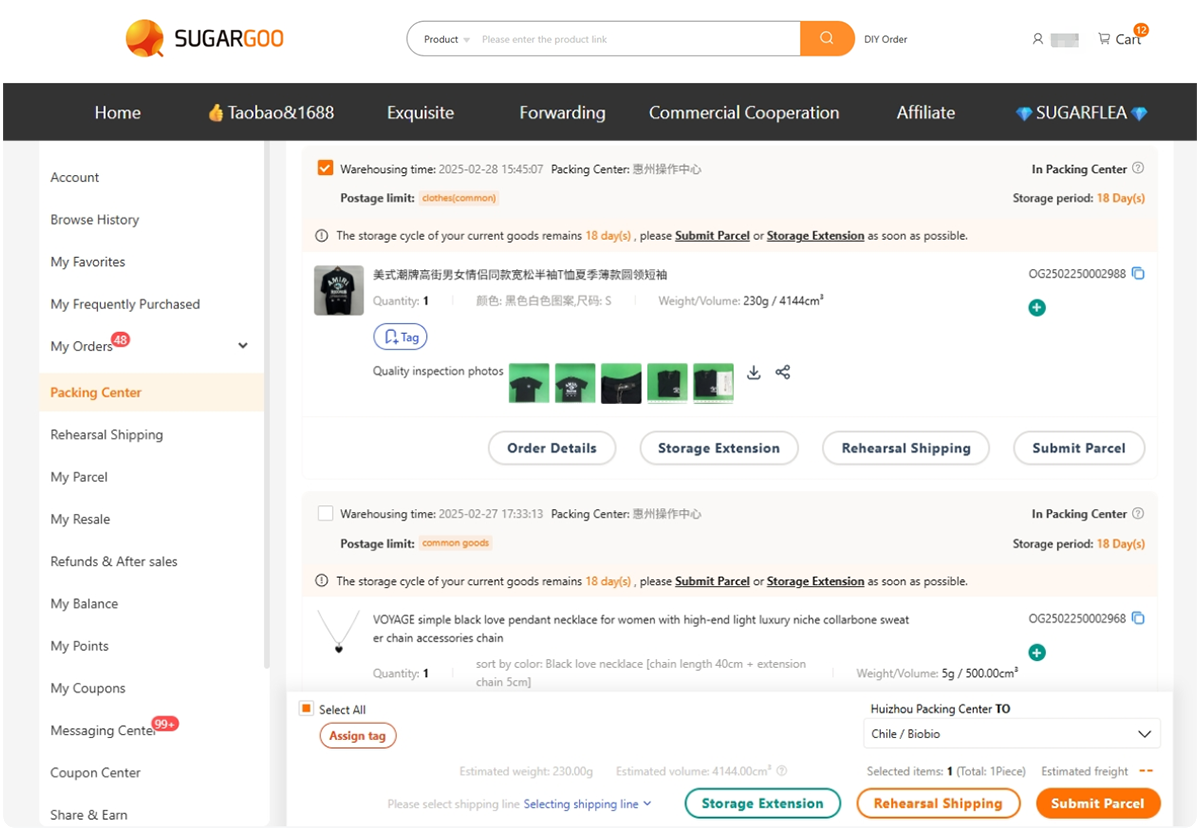A vintage watch isn’t just metal—it’s memory. Its scratches, ticking, and patina tell stories. Cleaning it isn’t about making it new—it’s about preserving its soul.
If you’ve hesitated to wipe an old acrylic crystal, you know cleaning vintage watches is an act of care. Let’s explore how to clean a vintage Seiko, Omega, or hand-wound watch with respect. Start with Watch Cleaning Cloths.
The Philosophy of Vintage Cleaning
Modern watches chase perfection; vintage watches live with character. Your goal is balance: clean enough to reveal details, untouched enough to feel age. Think of it as clearing dust from an old photograph, not redrawing it. Learn more in Watch Cleaning Guide.
Preparation: The Right Tools, The Right Mindset
Prepare a calm workspace with low light. Gather:
- Microfiber cloth (Watch Cleaning Cloths)
- Rodico putty
- Soft brush or blower
- Watchmaker screwdrivers and tweezers (Watch Repair Tools)
- Optional: cleaning solution, leather balm, loupe
Source authentic tools via taobao agent vintage suppliers for Moebius oils and case openers. Patience is key.
Step One: Exterior Dust and Case Cleaning
Start dry. Wipe with a microfiber cloth to remove dust. Avoid paper towels—they scratch.
- Use a soft brush for bezel, crown, and lugs.
- For stubborn dirt, dampen a cotton swab with distilled water.
- Don’t soak unless seals are verified—old gaskets crumble.
Replace gaskets via Watch Case Gaskets.
Step Two: The Crystal – Acrylic, Mineral, or Sapphire
Acrylic crystals are warm but delicate. Polish scratches with Polywatch or toothpaste using a microfiber cloth in light circles. Avoid abrasives or rotary tools—heat warps acrylic.
For mineral or sapphire crystals, use mild glass cleaner or pre-moistened pads. If cracked, replace via Watch Crystals Sapphire from taobao agent vintage parts suppliers.
Step Three: Dial and Hands – The Heart of Patina
Dials are fragile; lume and paint age chemically.
- Use Rodico putty to lift dust—never press.
- Avoid liquids unless professionally trained.
- Stabilize flaking lume by sealing the case quickly.
For dial swaps, source via Custom Watch Parts or taobao agent vintage dial suppliers.
Step Four: The Movement – Inside the Soul
Open the caseback only if necessary, using the correct opener. Never touch bridges with fingers.
- Use an air blower and soft brush for dust.
- Dab rust with peg wood and Moebius 9010.
- Don’t wash movements without professional equipment.
Practice with ST36 or NH35 movements from Watch Movements.
Step Five: Leather Straps and Bracelets
Leather: Clean with a damp cloth, nourish with balm. Avoid soaking.
Rubber: Wipe with mild soap water, dry fully.
Metal: Brush with detergent, rinse, and dry.
Replace with Watch Straps or source vintage sizes via taobao agent.
Step Six: Polishing Without Losing History
Over-polishing erases character. Use Cape Cod cloths lightly, following the case’s grain. Accept deep marks—they belong.
A perfect polish is a lie; let the truth show.
The Silent Threat: Moisture and Storage
Rest watches in a dry environment with silica packs. Store in Watch Boxes & Storage, away from sunlight. Source museum-grade kits via taobao agent vintage storage suppliers.
Common Mistakes When Cleaning Vintage Watches
Avoid:
- Ultrasonic cleaners with movements intact
- Spraying cleaners on dials
- Rubbing acrylic with paper
- Rinsing without checking gaskets
- Using alcohol or acetone
Professional Insight: When to Stop Cleaning
Know when to stop. A faded dial or worn crown carries beauty. Cleaning is preservation, not perfection. Sometimes, a microfiber wipe is enough.
Aftercare: Keeping It Alive
Post-cleaning:
- Wind occasionally to distribute oils (Watch Oils)
- Maintain stable temperature and humidity
- Replace gaskets every few years
- Use microfiber gloves
Keep parts organized with trays from taobao agent workshop suppliers.
Cleaning a vintage watch is like touching history. Every wipe and brush connects you to its past. Clean softly, let it breathe—the marks are time’s fingerprints.
Start with Sugargoo and explore Watchmaker’s Toolkit.
